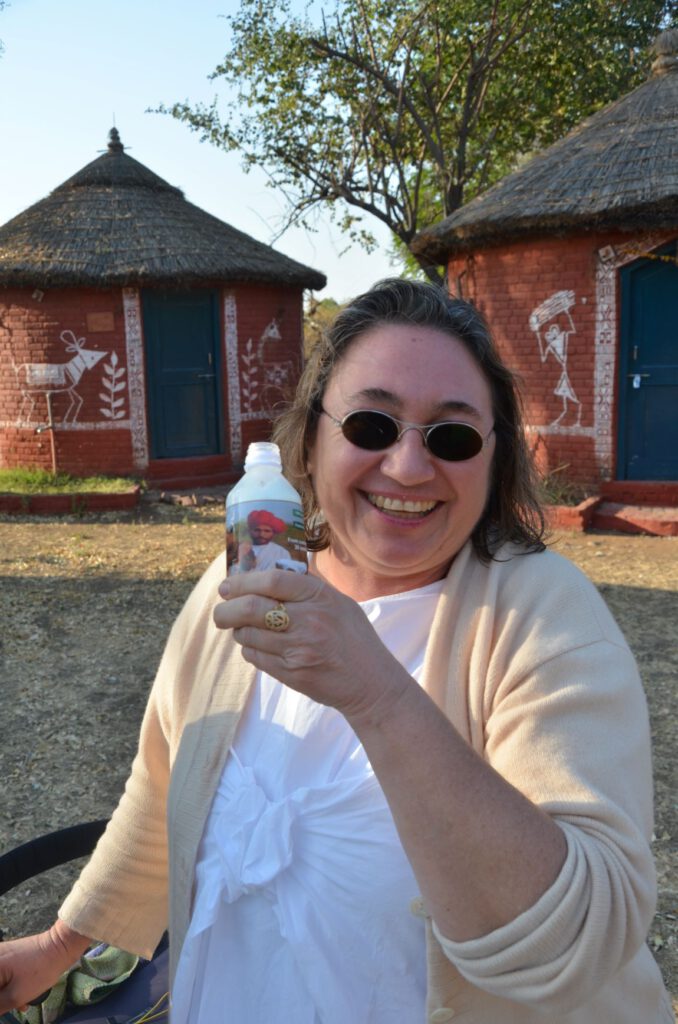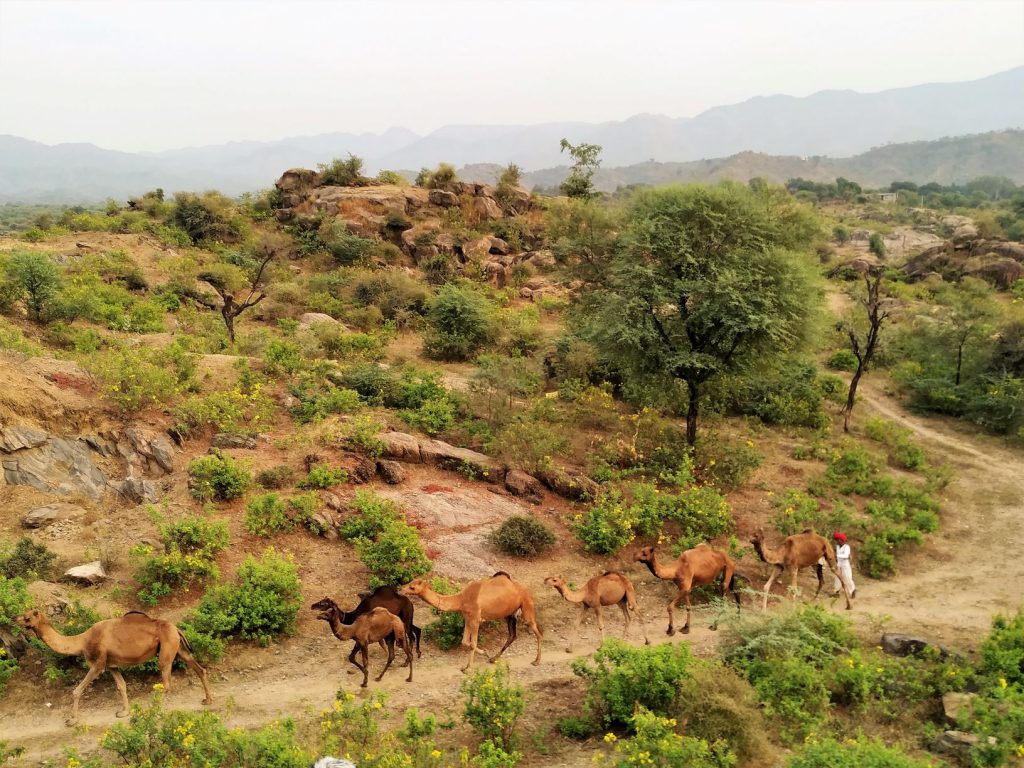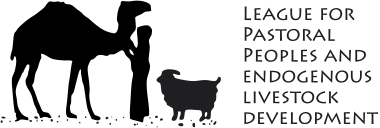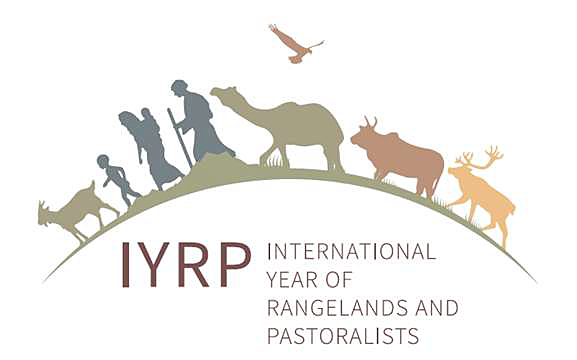LPP supports the movement for the International Year of Rangelands and Pastoralists
The International Year of Rangelands and Pastoralism is hoped to bring more attention to the fact that rangelands and pastoralism support the livelihoods and food security of millions of people and deliver multifunctional nature-based service. A formal proposal has been submitted by the Government of Mongolia to the Commission on Agriculture at the FAO that will meet from 28 September to 2nd October. It is supported by a large number of pastoralist organizations around the world.
Download more information
Camel Milk prominent on World Milk Day, 1st June

World Milk Day 2020 – Raise a glass to the more natural milk – camel milk!
This World Milk Day, for the first time, a global coalition of camel milk consumers, experts and dairy producers from 35 countries will raise a virtual glass for camel milk. This is the first-time camel milk is on the global World Milk Day agenda since the day began 20 years ago. Sales in camel milk are growing, as is interest, in this more natural, climate friendly and healthy dairy option – both as a stand-alone milk and as an active ingredient in camel milk products.
“We have seen a significant rise in Interest in camel milk in India, for health reasons” says Hanwant Singh Rathore, co-founder of Camel Charisma, a company that markets camel milk produced by Raika nomads in Rajasthan. “Most of our customers are parents of autistic children, but camel milk is also becoming known as Rajasthan’s traditional health food.”
The global camel milk products market size was valued at USD 10.2 billion in 2019.[1] Camel milk is highly sought after for its anti-inflammatory, strong protective proteins, anti-microbial and nutritious value and works well for lactose intolerance.
“The global camel market is projected to grow at more than 10% for the next decade, so more camel milk in the future!” said Dr. Bernard Faye, veterinarian and chair of ISOCARD, the International Society of Camelid Research and Development.
“Camels are more adapted than cows to climate change and are built to survive for weeks without water in tough outback, yet produce a truly natural milk which is high in vitamins and immune properties, that tastes good and helps people with lactose intolerance and allergies,” said Jeff Flood, a trained nutritionist and the CEO of Summer Land Camels in Queensland, Australia.
The unique health benefits of camel milk:
Camel milk works across a range of physical and behavioral issues, making it a highly effective alternative. “Parents of children with autism remain a key and growing market, as studies show the milk is safe and effective and can lead to behavioral and medical improvements,” stated Christina Adams, author of several publications on camel milk and editorial board member of the Journal of Camel Science.
“The fatty acids in camel milk are also better for human hearts as theycontain more mono-unsaturated and polyunsaturated fatty acids than cow milk. Low in allergenic proteins, camel milk is also the best alternative to human milk and for children with severe food allergies or eczema,” said Dr Tahereh Mohammadabadi, Associate Professor, Khuzestan Agricultural Sciences and Natural Resources University, Iran.
A growing market for camel milk
The Middle East and Africa dominate with more than 60% of the global camel livestock revenue. Somalia, Ethiopia, Sudan, and Kenya consume the most per capita in the region. Saudi Arabia is the largest market in the world at around 33 litres per year, per capita. North America is expected to grow the fastest as consumers with diabetes switch to camel milk to better control sugar levels.
The cow dairy industry is known to be a well-organized and powerful lobby force. Until now the camel milk private sector has been mostly established in the United Arab Emirates (UAE), Saudi Arabia and Mauritania. But with climate change and growing consumer concerns about ethics and farming, camel herders and camel milk producers are expanding worldwide.
For the past 50 years, camels are the second-fastest growing herbivorous livestock in the world, after buffalo, and has grown annually significantly by 4.5 % in the past decade in Africa (FAO).[2] The Middle East and the Horn of Africa camels lead the charge, as the second-fastest growing herbivore livestock in the world after buffalo (FAO).
Regions in Africa are switching to camels even where they never were before, e.g. Uganda and Tanzania « There is so much tradition and long-term use across the world, but we need more scientific research on camel in general and especially on camel milk” Says Mohammed Bengoumi, Tunisia based FAO camel expert.
Facing climate change on the equator in Kenya and Australia, more commercial dairy farmers are diversifying or switching to camels as they do better in tough, drought-ridden, hot climates and browse on prickly bushes and shrubs that most farm animals avoid.
“The camel milk industry is undervalued but could rival other foreign exchange earners in Kenya. Drought and the fact that 89% of Kenya is classified as arid and semi-arid land means many are shifting from cows to camels, even in southern Kenya,” said Dr James Chomba Njanja, Vice Chair of the Kenya Camel Association.
Every year an estimated 3 million tons of camel milk are officially sold and consumed around the world. But the true production level could be double that, at around 5-6 million tons per year. A fact of note is that 70% camel milk is consumed by the camel owners and never reaches the market.
“The camel saved humans for generations in the desert. In arid areas and hot weather over 45C, we see cows suffer as they need 8-10 times more water than camels to produce 1 litre of milk,” said Dr. Abdul RaziqKakar, a UAE based camel dairy specialist from Pakistan and Camels4All blogger.
Camel herding nomads who have traditionally bred camels for centuries are also benefiting from the interest in camel milk. “Supporting decentralized camel farming through innovative models is a great opportunity to reduce poverty and to better food security in some of the poorest parts of the world,” concluded Dr. Ilse Köhler-Rollefson, project coordinator of the League for Pastoral Peoples.
For all these climate friendly, natural and immune-boosting reasons, please raise a virtual or real glass of camel milk to celebrate this World Milk Day!
#worldmilkday #enjoydairy
#camelmilk
[1]https://www.grandviewresearch.com/industry-analysis/camel-milk-products-market
[2]The global milk market grew at a steady pace of 3.89% per year between 2011 and 2018 (FAO)
The ‘livestock efficiency paradigm’ needs to be revised post-Corona

We need to improve livestock efficiency to enhance sustainability has been the mantra promoted by most experts. However, this approach has not considered that animals (and people) are ‘holobionts’ and come together with billions of micro-organisms. (Wikipedia: A holobiont is an assemblage of a host and the many other species living in or around it, which together form a discrete ecological unit.) Efficiency applied to biological organisms breeds pandemics, so we need to diversify, disperse and decentralize livestock keeping, if we want to prevent a repeat of the current crisis. For this we need to take guidance from the pastoralist playbook, suggests LPP’s Ilse Köhler-Rollefson in this article: medium.com/@ilse.koehlerroll/prescription-for-a-healthy-and-resilient-post-corona-livestock-sector-ad495c182f96
- Go to the previous page
- 1
- 2
- 3
- 4
- 5
- 6
- 7
- 8
- …
- 76
- Go to the next page

